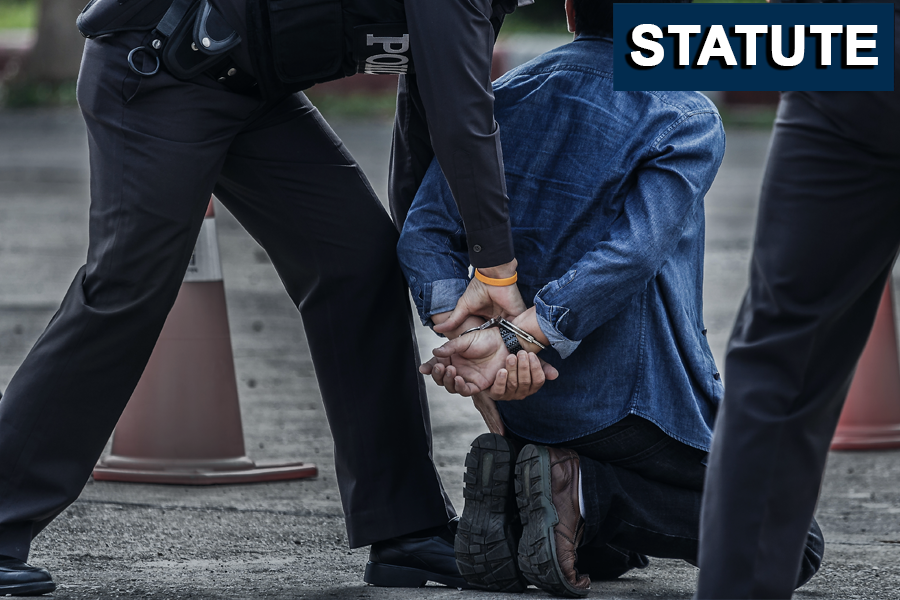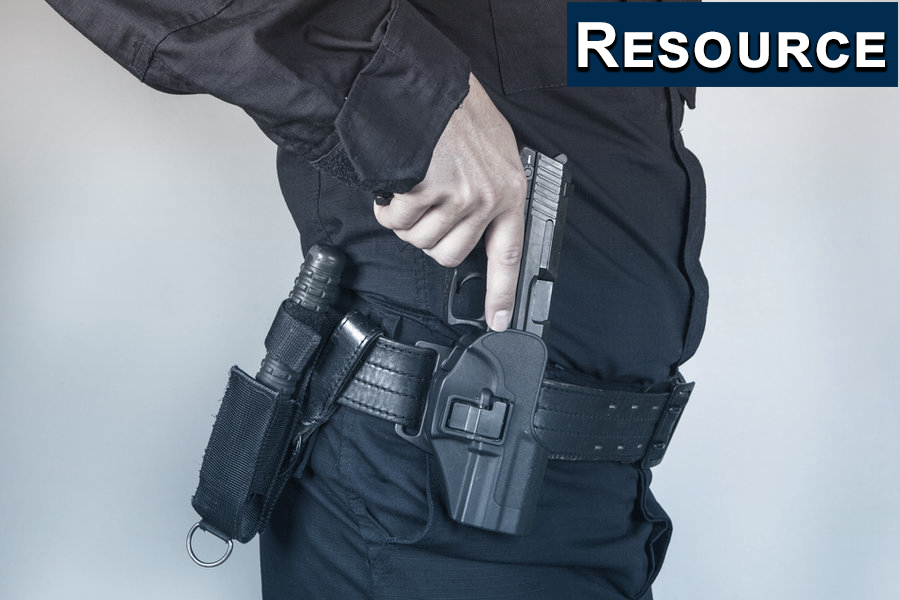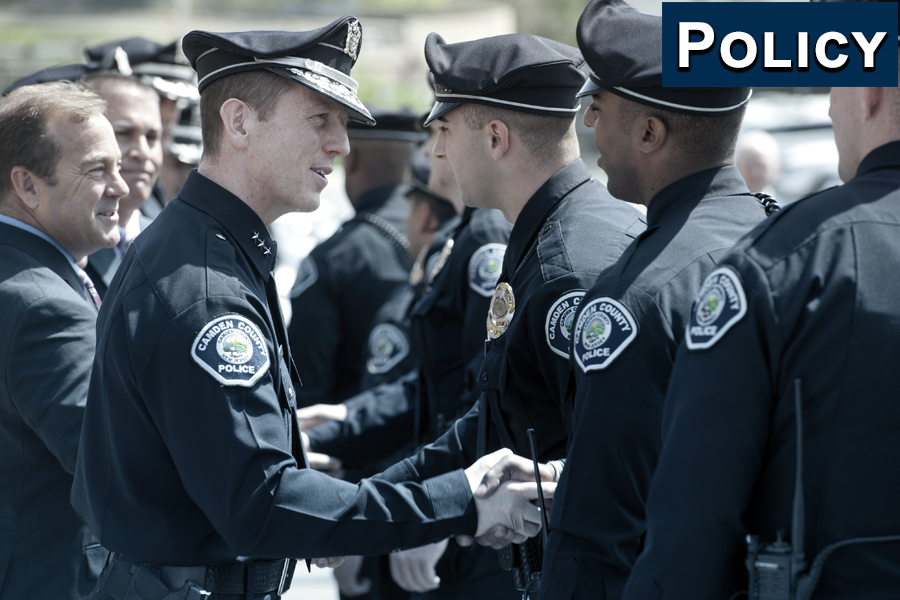Read the full resource: American Law Institute’s Principles of Law, Policing: Use of Force (Blackletter) (.PDF)
Principles of Law: Use of Force
From the American Law Institute Principles of Law, Policing
Overview
Policing Project Director Barry Friedman is the Reporter for the American Law Institute’s Principles of the Law, Policing. On May 24, 2017, this text was approved by ALI’s membership, subject to the discussion at its Annual Meeting and the usual editorial prerogative.
Accordingly, this is the official position of ALI and may be cited as such until the Official Text is published. When preparing the Official Text, the Reporters are authorized to correct and update citations and other references, to make editorial and stylistic improvements, and to implement any remaining substantive changes agreed to during discussion with the membership or by motions approved at the Annual Meetings. Future Tentative Drafts will be presented to membership at future Annual Meetings. The text that appears here may change before the Official Text is published (after all sections of the project are approved).
PRINCIPLES OF THE LAW, POLICING: USE OF FORCE
Objectives of the Use of Force
Officers should use physical force only for the purpose of effecting a lawful seizure (including an arrest or detention), carrying out a lawful search, preventing imminent physical harm to themselves or others, or preventing property damage or loss.
Agencies should promote this objective through written policies, training, supervision, and reporting and review of use-of-force incidents.
Minimum Force Necessary
In instances in which force is used, officers should use the minimum force necessary to perform their duties safely. Agencies should promote this goal through written policies, training, supervision, and reporting and review of use-of-force incidents.
De-escalation and Force Avoidance
Agencies should require, through written policy, that officers actively seek to avoid using force whenever possible and appropriate by employing techniques such as deescalation. Agencies should reinforce this Principle through written policies, training, supervision, and reporting and review of use-of-force incidents.
Proportional Use of Force
Officers should not use more force than is proportional to the legitimate law enforcement objective at stake. In furtherance of this objective:
(a) deadly force should not be used except in response to an immediate threat of serious physical harm or death to officers, or a significant threat of serious physical harm or death to others;
(b) non-deadly force should not be used if its impact is likely to be out of proportion to the threat of harm to officers or others or to the extent of property damage threatened. When non-deadly force is used to carry out a search or seizure (including an arrest or detention), such force only may be used as is proportionate to the threat posed in performing the search or seizure, and to the societal interest at stake in seeing that the search or seizure is performed.
Instructions and Warnings
Officers should provide clear instructions and warnings whenever feasible before using force. Agencies should promote this goal through written policies, training, supervision, and reporting and review of use-of-force incidents.





